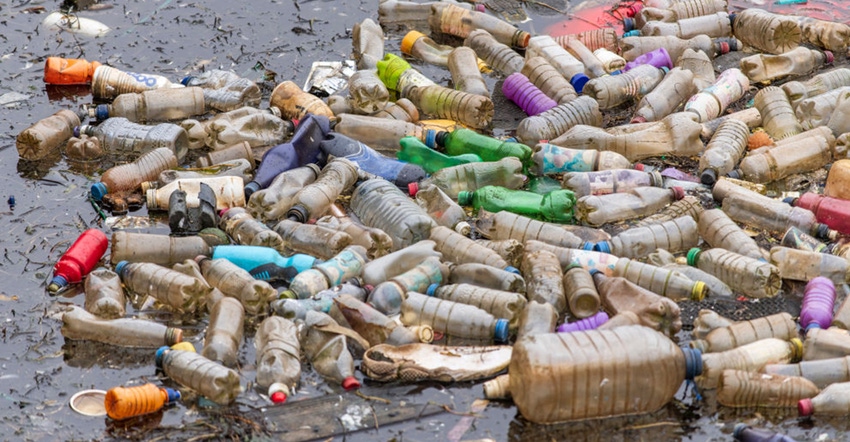Last week, I attended the “Driving Innovation to Advance Plastics Circularity” webinar. The discussion covered practical solutions to address gaps in the plastics value chain, and how collaboration, innovation and investment can help to power the transition.

Last week, I attended the “Driving Innovation to Advance Plastics Circularity” webinar. The discussion covered practical solutions to address gaps in the plastics value chain, and how collaboration, innovation and investment can help to power the transition.
It was moderated by Suz Okie of GreenBiz in discussion with Andy Postlethwaite, Senior Vice President, Performance Materials Asia Pacific, BASF South East Asia; Emily Rogers, Co-Founder, Reath; and Martyn Tickner, Chief Advisor, Project Strategy, Sourcing & Development, The Alliance to End Plastic Waste (The Alliance).
Okie set the stage by noting that “there is a growing groundswell for reusable, compostable, and recycled packaging—and for ambitious recycled-content goals by 2025.” However, with less than 10% of plastics currently being recycled globally, “recycled content is unable to keep up with demand, and plastic waste is finding its way into our environment.” And, if we maintain the current trajectory, Okie cited an estimate that “16 times the weight of the entire human population [will] be landfilled, incinerated, or leaked into the environment by 2040. So, the need for plastics circularity is clear.”
Tickner gave an overview of The Alliance, which is a nonprofit founded by in 2019 by member companies with an interest in circularity. ��“Our mission,” he noted, “is very simple: to tackle the issue of plastic waste and support the transition to a circular economy.” This comprises the addressing of two core issues: the lack of community waste management infrastructure and, for those countries with adequate systems, improvement in circularity. The organization likes to think of itself as a “do-tank” instead of a think tank.
Rogers went on to discuss how Reath was founded to help tackle the current waste problem; the company does this by creating digital passports for physical items. These digital passports are unique to each physical item and contain “key info about what’s happened to that item.” For instance, a bottle of dish soap could have a digital passport, which would connect all the participants in a reuse system and collect data that is needed “to make sure it is safe to reuse, has been cleaned properly,” and more.
Postlethwaite then explained BASF’s purpose, which is to “create chemistry for a sustainable future” and its commitment to the Paris Climate Agreement.
The discussion then turned to the six priority areas, or gaps, as identified by The Alliance, which stand in the way of circularity. These are: quality, quantity, affordability, design, data, and alignment. He walked through the example of PET bottles and how these gaps could be addressed. He also noted that this model helps to drive both internal and external discussions for The Alliance, on possible solutions to the plastics crisis.
Rogers talked about she often sees the design and data gaps in her work and noted that innovation and experimentation are key to Reath’s efforts. As part of its research, Reath spoke with more than 100 businesses to find out why they weren’t using reuse systems. She cited a key quote from the research that, “In a circular economy, it’s not the one company that closes the loop—but the ecosystem does.”
Postlethwaite then discussed how a large organization like BASF can help tackle the circularity gaps. “We are stepping in and innovating big topics like ensuring we know the appropriate chemistry is there to enable plastic waste to be reused back in the value chain,” he noted. And, “the requirements for that are different in different regions.” Similarly, the company is “supporting additives to make the recycling of plastics easier—or supporting design for circularity by ensuring our materials work with other materials better and helping customers...” He further noted that innovation in this space can be “very big” or “small things;” both are important.
The speakers went on to address attendee questions on a variety of challenges facing the plastics industry; the importance of collaboration; and the role of bioplastics, composting, and more. To sum things up, Tickner noted that, “No one company, no one organization can cover all the elements of the solution [to the plastic problem]; nor would they have all the resources or expertise.” It’s all about working together to make real progress — and “it’s not a competition.” Postlethwaite added that this massive transformation “takes funding, and we need support to change mindsets.” We should, he noted, “actively support the big and little steps” that will be needed to drive real change.
About the Author(s)
You May Also Like




